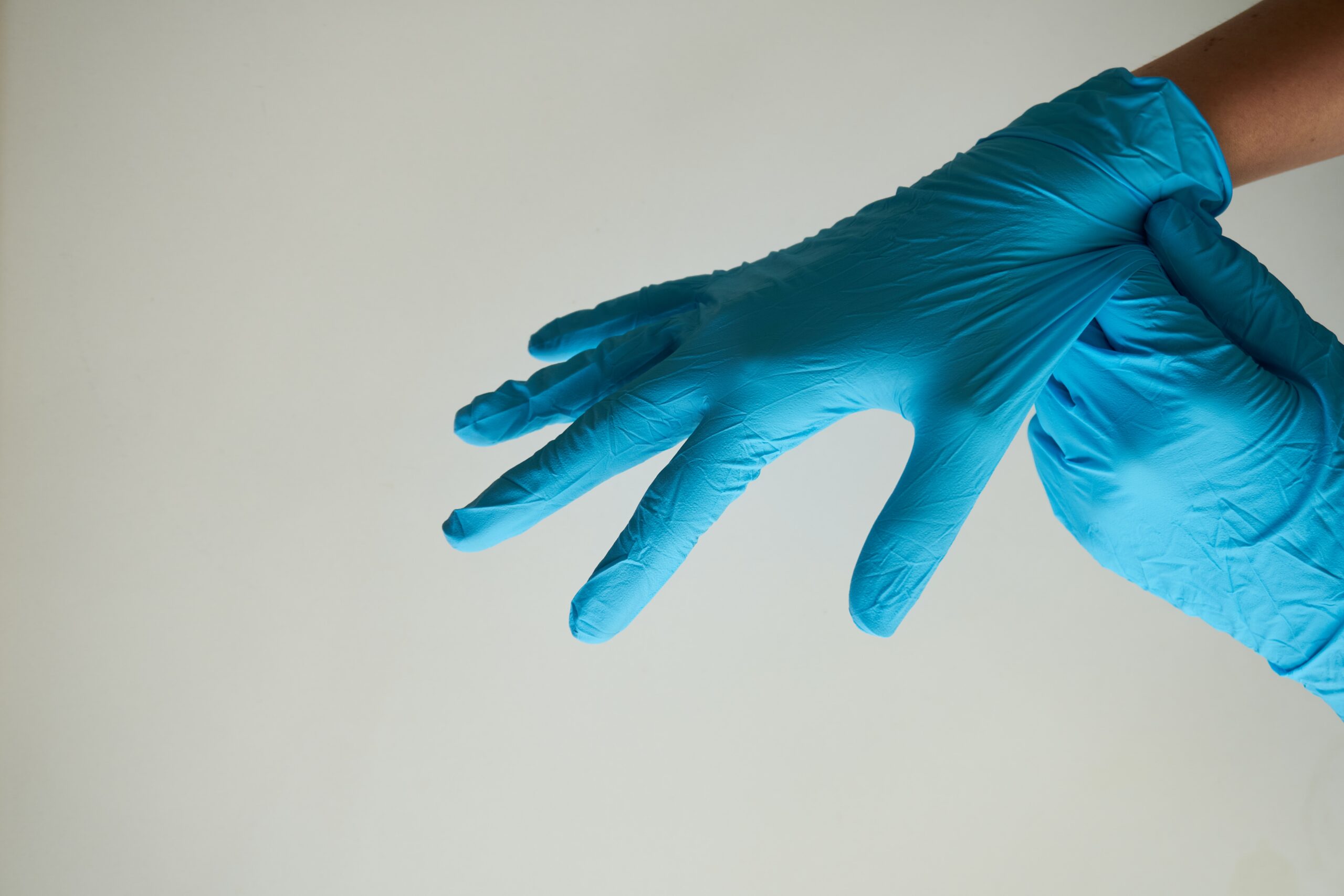In the world of laboratory work and scientific research, ensuring safety and protection is paramount. Two common types of gloves used in these settings are nitrile and latex gloves. This blog post will delve into the importance of these gloves, their key features, and how they contribute to maintaining a safe and productive laboratory environment.
- Understanding Nitrile Gloves:
- Composition and properties of nitrile gloves.
- Advantages of nitrile gloves over other types, such as latex.
- Applications of nitrile gloves in different laboratory settings.
- Unveiling Latex Gloves:
- Overview of latex gloves and their characteristics.
- Pros and cons of latex gloves compared to nitrile and other materials.
- Specific applications where latex gloves excel.
- Choosing the Right Glove for the Task:
- Factors to consider when selecting between nitrile and latex gloves.
- Key considerations such as durability, tactile sensitivity, and chemical resistance.
- Guidelines for matching the appropriate glove to specific laboratory tasks.
- Maintaining Safety Protocols:
- Proper glove usage and removal techniques.
- Understanding glove disposal and waste management.
- Best practices for glove hygiene and preventing cross-contamination.
- Exploring Innovations in Glove Technology:
- Recent advancements in nitrile and latex glove manufacturing.
- Enhanced features, such as textured surfaces for improved grip and reduced hand fatigue.
- Future trends and developments in glove technology.
- Beyond the Laboratory: Nitrile and Latex Gloves in Other Fields:
- Examining the broader applications of nitrile and latex gloves beyond the lab.
- Industries that rely on these gloves for safety and protection.
- Exploring the role of gloves in healthcare, food handling, and other sectors.
Conclusion: Nitrile and latex gloves play a vital role in ensuring safety and protection in laboratory environments. By understanding their unique properties, applications, and proper usage, scientists and researchers can make informed decisions to safeguard themselves and their experiments. Stay tuned for future posts where we will continue to explore the fascinating world of laboratory instruments and equipment.




